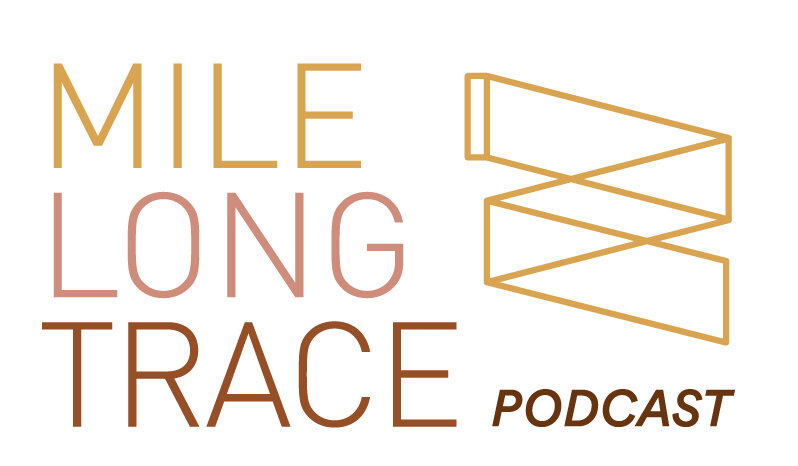“The role buildings can play in human health and well-being has never been more evident or more important. Thanks to an evolving evidence base, we understand more about the relationship between the physical environment and human health than ever before. We know how to create spaces that enhance – rather than hinder – health and well-being. We can measure – and then improve – the quality of our air, water and light. We can design environments that fuel our bodies, move us, keep us connected, inspire our best work and facilitate a good night's sleep.” - WELL
Overview
Mile Long Trace speaks with Becca Dobosh about designing with building health in mind and her experience taking the WELL Building Exam.
Guest Summary
Becca Dobosh has over 16 years of experience in the interior design industry, with a focus on and passion for sustainability. For the past thirteen years she has been an integral part of SERA’s Hospitality Studio, which focuses on custom packages for branded hotels in complex, urban environments. Her approach to incorporating sustainability into projects is deeply immersed in biophilic design with an emphasis on creating healthy interior spaces that are grounded in occupant engagement through compelling storytelling. By creating spaces that strengthen the symbiotic relationship between humans and our environment, Becca designs for long-term resiliency and wellbeing. She is a LEED & WELL AP, and Associate Interior Designer at SERA Architects.
In this episode we discuss:
Strategies for taking the WELL Building Exam
The importance of designing for building health
How to apply the strategies of WELL to the design of a project
Pertinent resources referenced in the episode:
“The WELL Building Standard is a vehicle for buildings and organizations to deliver more thoughtful and intentional spaces that enhance human health and well-being. Backed by the latest scientific research, WELL includes strategies that aim to advance health by setting performance standards for design interventions, operational protocols and policies and a commitment to fostering a culture of health and well-being.” - WELL
WELL V2 is based on 11 concepts:
Air - focuses on creating healthy indoor air for the building occupants
Water - focuses on reducing and eliminating harmful contaminates in building drinking water
Nourishment - promotes, encourages and provides healthy food habits
Light - focuses on enhancing our natural circadian rhythm
Movement - promotes physical activity through the building and programs offered
Thermal Comfort - focuses on individual control and enhanced thermal comfort design
Sound - focuses on enhanced acoustic control to improve occupant comfort
Materials - focuses on reducing occupant exposure to chemicals of concern from building materials to cleaning products
Mind - works towards addressing cognitive and emotion well-building
Community - focuses on building a diverse culture of health with inclusivity in mind
Innovation - allows teams to innovate and test new strategies to improve the health of a building
Curious to know the rest of the details from our conversation, listen to the full episode to find out.
Till next time keep designing yawl.
Credit
Photo provided by Becca Dobosh
Photo by Thanos Pal on Unsplash


